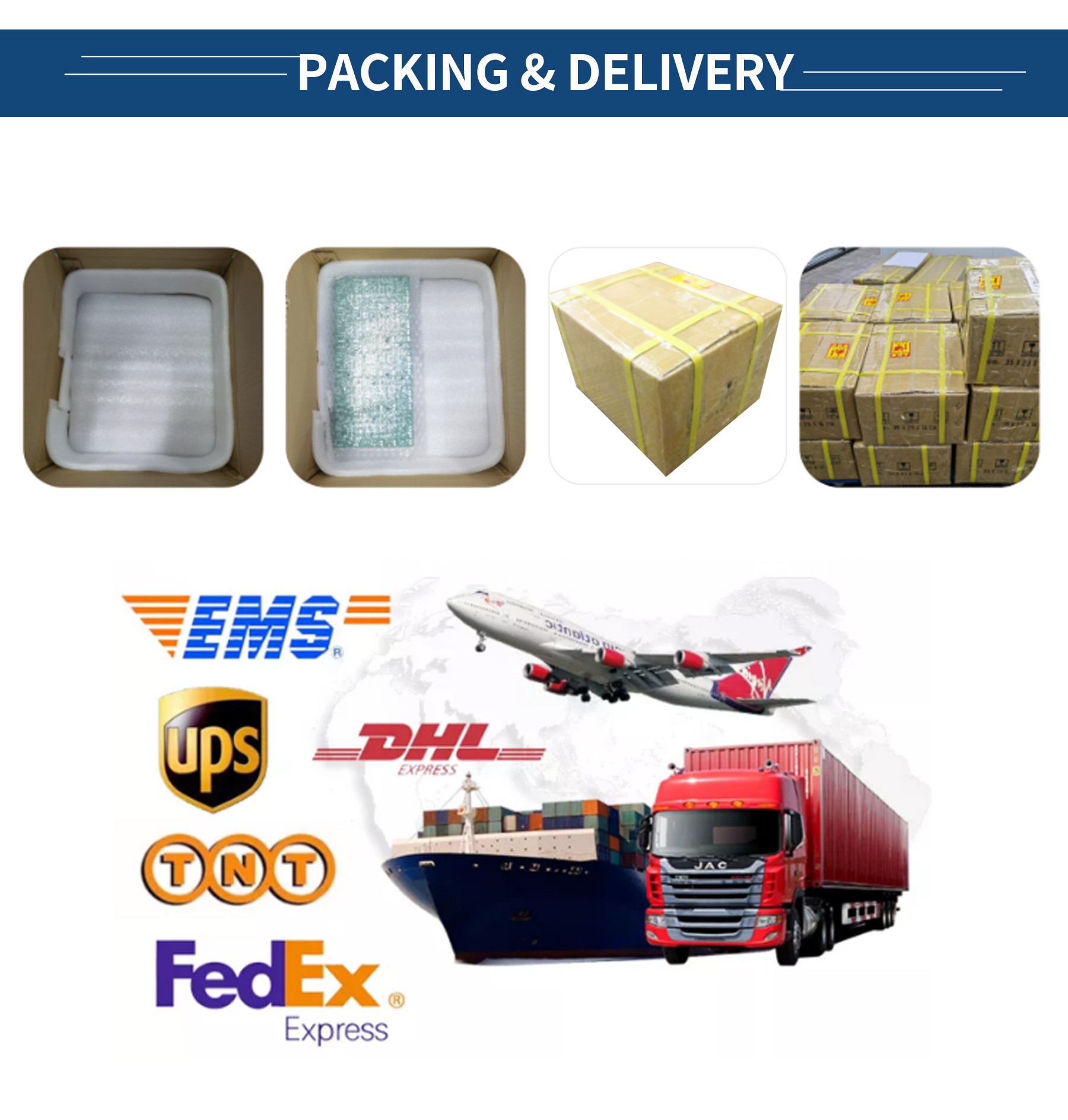Shenzhen Yingsheng Technology Co., Ltd. |
|
Verified Suppliers
|
|
Surface mount technology allows us to compact designs and utilise PCB space more efficiently. Power handling circuits still need larger components but signal circuitry can seriously shrink in good design.
Our SMT line consists of two pick and place machines, an MPM paste printer and a panasert reflow oven with capacity to load many thousands of parts per 8 hour shift.
Through hole parts come in radial, axial and multiple lead in many configurations. Before surface mount technology became popular in the 1980s through hole (often spelt thru-hole) was the primary method of PCB assembly for some decades. Usually mass loaded and wave soldered we hand solder through hole components when necessary.
Although generally considered the simplest form of soldering, through hole soldering is best performed by appropriately trained and skilled staff.
Our wave soldering machine is fairly standard. PCBs go into special carriers and traverse the conveyor through the flux applicator into pre-heating and finally onto the wave itself. We use non-corrosive flux where possible and the wave soldering machine usually has fairly standard 63/37 solder in it. We offer PCB cleaning, for conformal coating or similar process, but if corrosive flux is used the PCBs must be cleaned anyway.
Considerations to thermal shock, heat sinks (actual and large ground planes with direct connections), thermal sensitivity of some parts and potential contaminants are very important in the wave soldering process
Some parts or circumstances call for manual placement and soldering of parts. A part may have thermal profile requirements that preclude it from wave soldering. PCBs with double sided SMT load, where glue was not acceptible, usually have very few through hole parts but they will have to be manually placed and soldered in most cases.
Some (though not many) SMT parts cannot withstand the minimum thermal profile necessary in the reflow oven for the rest of the PCB in question.
| YScircuit HDI PCB manufacturing capabilities overview | |
| Feature | capabilities |
| Layer Count | 4-60L |
| Available HDI PCB Technology | 1+N+1 |
| 2+N+2 | |
| 3+N+3 | |
| 4+N+4 | |
| 5+N+5 | |
| Any layer | |
| Thickness | 0.3mm-6mm |
| Minimum line Width and Space | 0.05mm/0.05mm(2mil/2mil) |
| BGA PITCH | 0.35mm |
| Min laser Drilled Size | 0.075mm(3nil) |
| Min mechanical Drilled Size | 0.15mm(6mil) |
| Aspect Ratio for laser hole | 0.9:1 |
| Aspect Ratio for through hole | 16:1 |
| Surface Finish | HASL, Lead free HASL,ENIG,Immersion Tin, OSP, Immersion Silver, Gold Finger, Electroplating Hard Gold, Selective OSP,ENEPIG.etc. |
| Via Fill Option | The via is plated and filled with either conductive or non-conductive epoxy then capped and plated over |
| Copper filled, silver filled | |
| Laser via copper plated shut | |
| Registration | ±4mil |
| Solder Mask | Green, Red, Yellow, Blue, White, Black, Purple, Matte Black, Matte
green.etc. |




